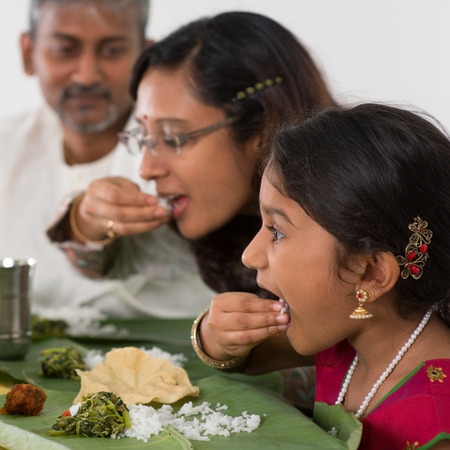Rāj dariddar rase rase राज दरिद्दर रसे रसे= path is narrow, go slow
Santo, chūṭal māyā संतो छूटल माया= path strewn with sharp stubble
Boltā hau बोलता हौ = there are people on the way
Bhar Kadam भर कदम= take a full step (while crossing an obstacle)
Chahāṭā hau छहाटा हौ = ground is muddy
Gaūdān गऊदान= there's cattle on the path
Bail ke kamāi hau बैल के कमाई हौ = a ploughed field ahead. Etc
"The Secret Language of Boatman of Prayag (Allahabad), India













